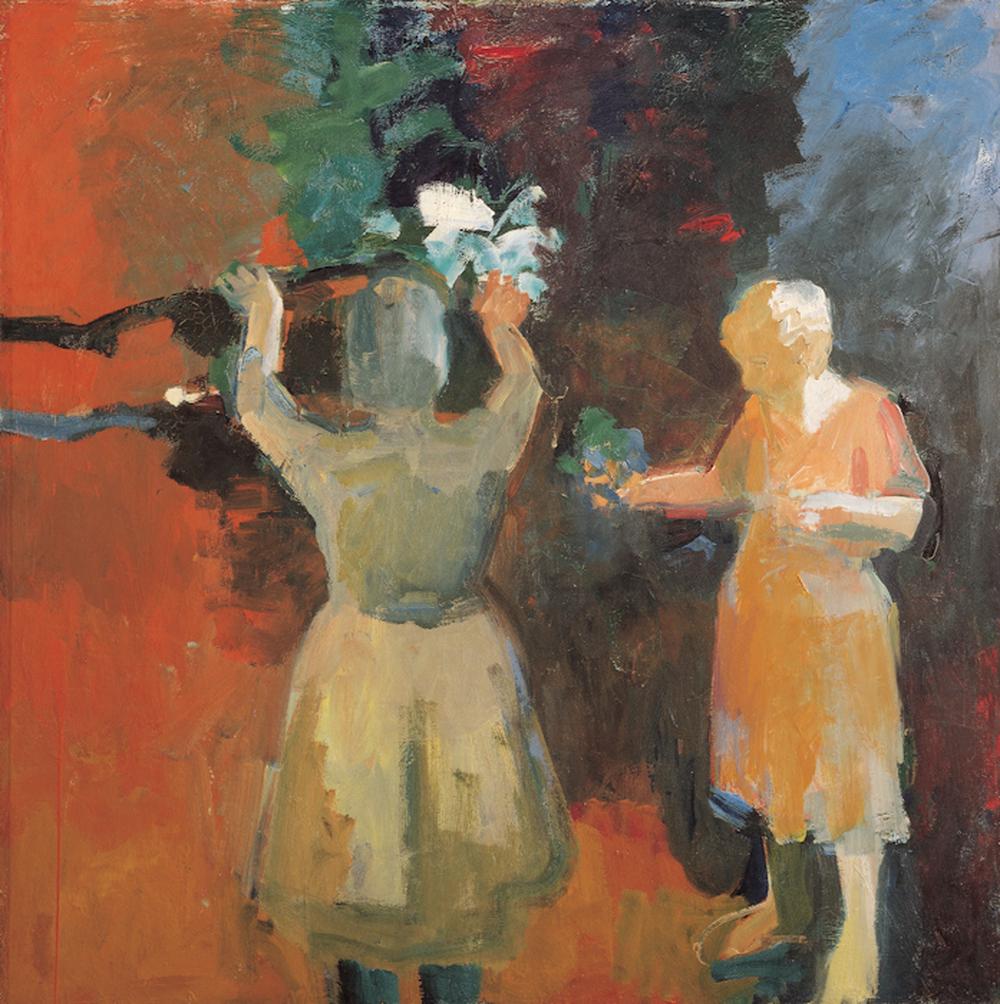Elmer Bischoff. Transcending Form

Elmer Bischoff rendered his figurative paintings from memory rather than painting directly from models. Clusters of gestrual brushwork dissolve forms without defined edges, creating atmospheric—almost dreamlike—compositions. As Bischoff described: “Light and color were paramount as expressive content and also as organizational elements. . . . I guess this could represent some kind of rebellion against my early schooling where ‘organization’ of a painting was always seen as an organization of contours, a continuity and relatedness of edges.”1 Light and color wash over his paintings like a kind of gauzy haze, so as to evoke emotion rather than the formal nature of his subject or, as art critic Donald Kuspit wrote, “dissolv[ing] tangible facts into intangibles of feeling.”2